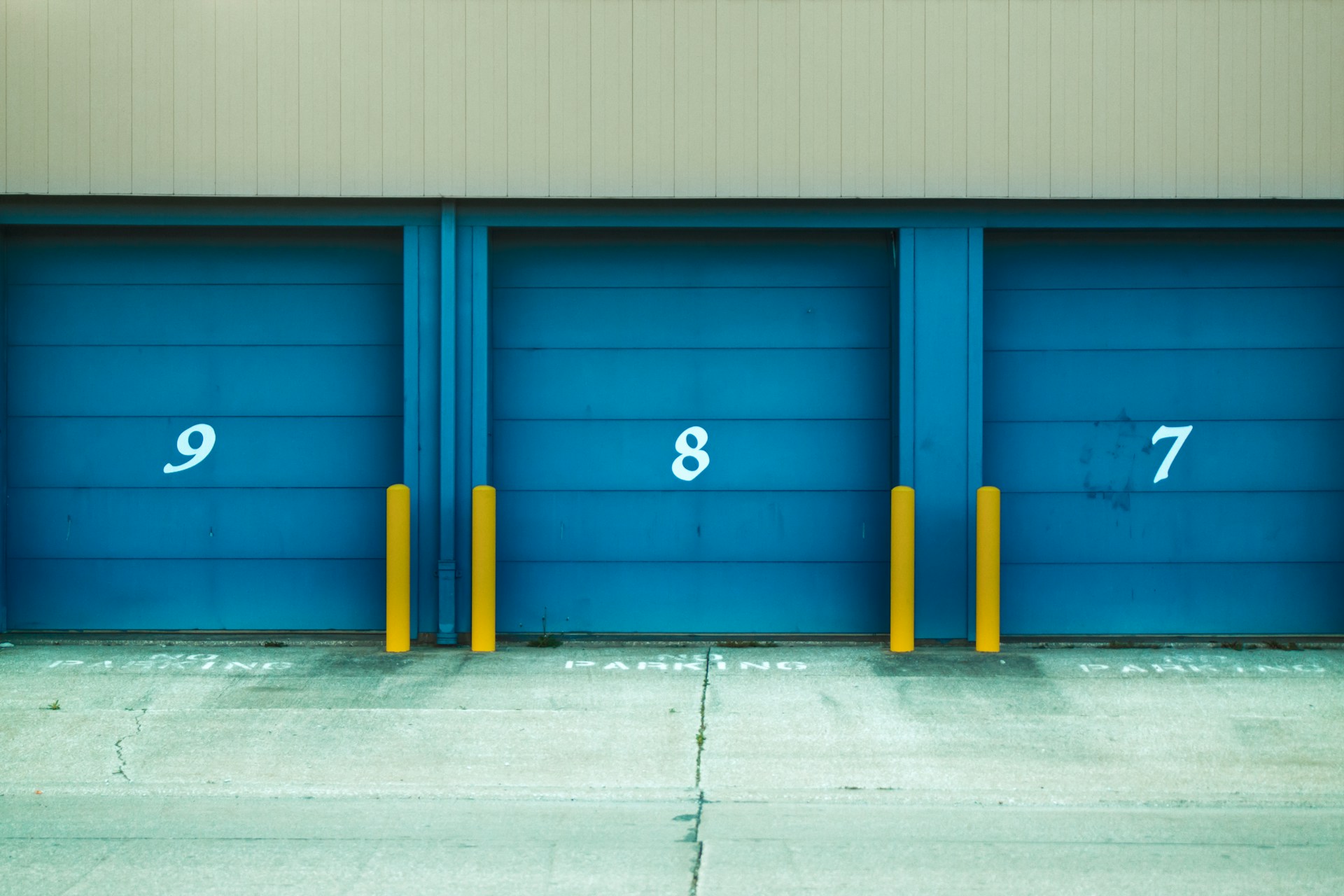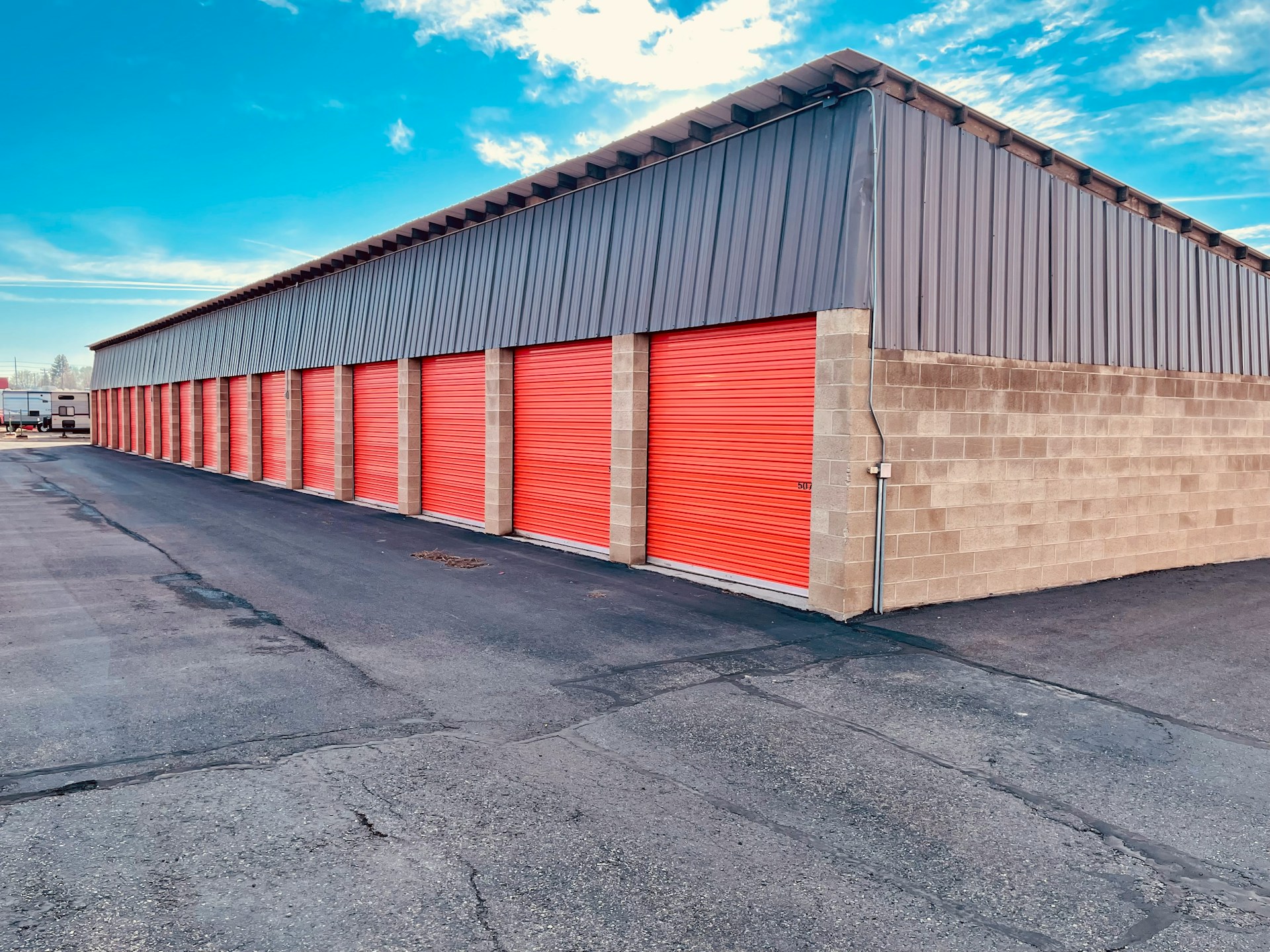
Temporary Storage Options Explored: Secure Solutions for Transitional Periods
When planning a move, finding the right temporary storage solution is critical for a smooth transition.
The market offers a diverse range of storage options, catering to different needs and budgets. In most cases, these are rented on a month-to-month basis, providing flexibility for those who are amid change.

Storage units and self-storage facilities are prevalent, offering a secure space to store possessions during the interim period of moving, available if you click here. Consumers can compare local deals and amenities, often with the convenience of no-contact reservations and move-ins, emphasizing the industry’s adaptation to modern, digital-first conveniences.
Cost-effectiveness plays a significant role in selecting a temporary storage option. Individuals look for ways to minimize expenses without sacrificing the safety and accessibility of their belongings. Options like portable storage containers, known as PODS (Portable On Demand Storage), merge the benefits of storage with ease of transport. These containers are typically made of steel and offer features like roll-up doors, ground-level access, and weather-resistant construction, making them a practical choice for both local and long-distance moves.
Short-term storage needs can vary significantly, dictated by the size of one’s living space and the extent of their possessions. Units come in common sizes, such as 5’x15’ suitable for a 1-bedroom apartment, or larger sizes like 10’x20’ or 10’x30’, ideal for 2-3 bedroom homes. Determining the right size and type of storage unit is an essential step in the moving process, allowing for a tailored approach that accounts for individual circumstances and the duration of storage required. Check WheeKeep to learn more.
Understanding Temporary Storage Options
When planning a move, individuals or businesses must consider the security, accessibility, and variety of temporary storage solutions available to accommodate their items during transition.
Types of Temporary Storage Units
Temporary storage units are typically available in various sizes ranging from small lockers to large garage-sized units. The most common unit sizes are:
- 5′ x 5′: Comparable to a small closet.
- 10′ x 10′: Can fit the contents of a one-bedroom apartment.
- 10′ x 20′: Suitable for a multi-bedroom house.
These units can be rented on a month-to-month basis, making them an ideal solution for short-term storage needs. Options within facilities may include climate-controlled storage to protect sensitive items from extreme temperatures and humidity.
Advantages of Portable Storage Containers
Portable storage containers, such as POD containers, offer a unique advantage over traditional self-storage by providing convenience and flexibility. They are delivered to the customer’s location, where they can be loaded at leisure. Once filled, these containers can be:
- Kept on the premises for immediate access.
- Transported to a new location.
- Stored at a secure storage facility.
POD containers are usually constructed from weather-resistant materials, providing secure and durable storage space.
Choosing Between Self-Storage Facilities and Portable Units
The decision between self-storage facilities and portable units typically depends on individual needs such as budget, access, and how long items need to be stored. A comparison:
| Self-Storage Facilities | Portable Storage Containers | |
|---|---|---|
| Access | Often requires a visit to the facility | Accessible on-site or at a nearby center |
| Security | Surveillance and gated access in facilities | Lockable, secure containers |
| Size | Fixed sizes; required to rent space needed | Flexible; choose container based on need |
| Convenience | Less convenient for loading and unloading large or heavy items | Containers can be loaded at ground level |
Self-storage facilities typically offer robust security options and may provide 24/7 access depending on the provider. Portable units provide a higher level of convenience for loading, especially for those with limited mobility or when heavy items are involved.
Strategies for Efficient Moving and Storage
When planning a move, efficiency is key. Careful decluttering, inventory tracking, and strategic loading help reduce costs and ensure belongings are stored securely and accessibly. These strategies ensure that the moving process is not only smoother but can also be more cost-effective.
Decluttering Before the Move
Objective: Minimize volume, reduce moving costs.
Before packing, one should sort through their belongings and determine what to keep, sell, donate, or discard. Downsizing by decluttering not only eases the burden of moving but can also lower storage costs. Identifying and removing unnecessary items means less to transport and store. This process is especially critical when transitioning to a smaller residence or storing items during a home renovation.
- Categorize Items:
- Keep
- Sell/Donate
- Discard
- Assess Value:
- Usage frequency
- Sentimental worth
- Condition

Inventory Management for Storage
Objective: Track and organize items for easy access and management.
Maintaining an inventory is crucial for keeping track of items, especially when using storage solutions. It allows for better organization, easy access to needed items, and helps in the case of any insurance claims. When storing furniture or seasonal items, a detailed list helps to quickly locate them.
- Create a Detailed Inventory List:
- Date of storage
- Description
- Location within the unit
- Condition upon storing
- Use Inventory Management Tools:
- Digital spreadsheets
- Storage apps
Loading Techniques for Optimal Space Utilization
Objective: Maximize space within the storage unit using strategic loading methods.
Efficient loading techniques are paramount to utilizing the amount of space efficiently when storing belongings. Furniture and boxes should be loaded methodically to ensure stability and prevent damage. Moving companies often have experienced movers who can load items to make the best use of space. Moreover, it means fewer storage units may be needed, which cuts down on costs.
- Loading Strategies:
- Heaviest items on the bottom
- Fill gaps with smaller items
- Vertical stacking when safe
- Optimize Storage Features:
- Use shelving units
- Disassemble large furniture
- Climate control for sensitive items
Cost Considerations and Flexibility
When planning a move, budgeting for storage costs is as crucial as understanding the leasing terms. The right balance can provide not just affordability but also the adaptability required for a seamless transition.
Comparing Costs of Different Storage Solutions
The cost of temporary storage can vary widely based on the storage solution chosen. Traditional self-storage units, which offer fixed sizes, tend to average around $115 for a 10×10-foot unit. On the other hand, PODS containers, which are portable and offer more convenience for loading and unloading, could have different pricing, often influenced by the duration of rent and the location of the storage. A comparison table of storage solutions can clarify pricing differences:
| Storage Solution | Average Cost | Accessibility |
|---|---|---|
| Self-Storage Unit | $115 for 10×10 | Fixed Location |
| PODS Container | Variable * | Onsite Loading |
*Costs for PODS containers depend on the rental period and storage location.
Month-to-Month Leasing and Term Flexibility
Temporary storage is characteristically offered on a month-to-month lease basis, providing significant term flexibility. Renters can typically opt out without long-term commitments, adjusting the rental period to their needs. This flexibility is particularly beneficial for storage in transit or when the exact move-in date to a new residence is not fixed.
Assessing Value for Money in Temporary Storage
To assess value for money in temporary storage solutions, one must consider amenities and access in addition to cost. Facilities with enhanced security features, climate control, and convenient access hours might command higher storage rates but provide better protection and utility. On the contrary, more basic units in less in-demand locations might offer lower costs. Renters should gauge costs against the value these amenities add to their experience, taking into account the precise terms of the month-to-month contracts.
Safety and Accessibility of Stored Items
When selecting temporary storage options, it is crucial to consider the security features of the storage units and the accessibility provided by the facility. These aspects ensure that items are both protected from harm and readily available when needed.
Ensuring Security of Storage Units
Security is a primary concern for individuals storing sensitive items. Storage facilities generally implement robust security measures to protect belongings. These can include:
- Surveillance cameras: Continuous monitoring to deter unauthorized access.
- Secure locks: Including keypad entries and individual alarm systems.
- Climate-controlled units: Protect delicate items from temperature extremes.
Storage units come in various sizes and types, such as weather-resistant containers for outdoor use and climate-controlled units for sensitive belongings. Companies offer steel containers with roll-up, keyed access ensuring contents stay secure during transport and storage.
Access Options and Convenience
Accessibility is equally important; it dictates how easily individuals can retrieve their possessions. Factors influencing access include:
- Location: Proximity of the storage facility to home or moving site.
- Storage container companies: Options offer the convenience of dropping off and picking up containers at designated locations.
- Access hours: Facilities may have specific times when customers can access their units.
Short-term storage facilities provide a range of access policies. Some may offer 24/7 access, while others may have more restricted hours, impacting your ability to reach your items. Customers should consider their schedule in relation to the storage rates and accessibility offered.








